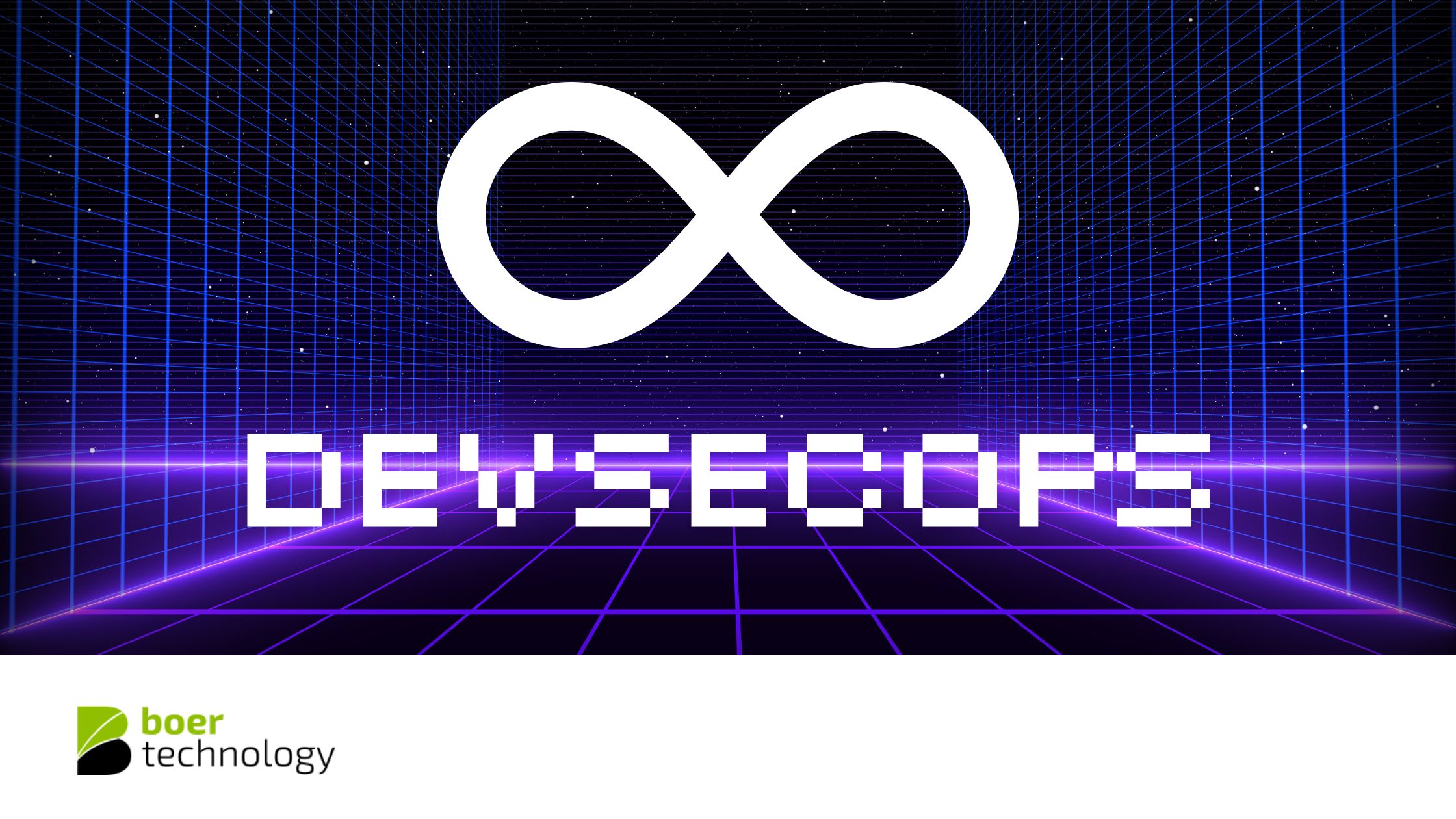Understanding DevSecOps Solutions
As businesses increasingly rely on technology to drive growth and efficiency, the need for robust security measures has never been greater. DevSecOps, which integrates security practices within the DevOps process, has emerged as a vital approach to ensure that security is embedded throughout the software development lifecycle. This article explores the significance of DevSecOps solutions and how they can benefit organizations.
The Core of DevSecOps Solutions
DevSecOps solutions are designed to seamlessly incorporate security into every phase of the software development lifecycle. This means that security is not an afterthought but a continuous, integral part of development and operations. These solutions include a range of tools and practices aimed at identifying, addressing, and mitigating security vulnerabilities early and throughout the development process.
Key Components of DevSecOps Solutions
-
Automation Tools: Automation is at the heart of DevSecOps solutions. Automated security testing tools, such as Static Application Security Testing (SAST) and Dynamic Application Security Testing (DAST), are integrated into the CI/CD pipeline. These tools automatically scan code for vulnerabilities, ensuring that any issues are identified and addressed promptly.
-
Configuration Management: DevSecOps solutions include configuration management tools that ensure systems are configured securely and consistently across different environments. Tools like Ansible, Chef, and Puppet help manage infrastructure as code, enabling automated and secure configuration updates.
-
Continuous Monitoring: Continuous monitoring is crucial for maintaining security in a DevSecOps environment. Tools like Prometheus and Grafana provide real-time insights into system performance and security, allowing teams to detect and respond to threats swiftly.
-
Incident Response: Effective DevSecOps solutions include robust incident response mechanisms. This involves integrating security information and event management (SIEM) systems like Splunk or ELK Stack to collect and analyze security data, enabling rapid response to security incidents.
-
Compliance and Audit: DevSecOps solutions help organizations maintain compliance with industry regulations and standards. Automated compliance checks and audit trails ensure that all security practices are documented and meet regulatory requirements.
Benefits of DevSecOps Solutions
-
Enhanced Security: By integrating security into every stage of development, DevSecOps solutions ensure that vulnerabilities are identified and addressed early. This proactive approach significantly reduces the risk of security breaches.
-
Faster Delivery: Automating security testing and integrating it into the CI/CD pipeline allows for faster delivery of secure software. This reduces the time to market for new features and updates, giving organizations a competitive edge.
-
Improved Collaboration: DevSecOps promotes a culture of collaboration between development, operations, and security teams. This cultural shift helps break down silos, fostering better communication and cooperation across the organization.
-
Cost Savings: Identifying and fixing security issues early in the development process is more cost-effective than addressing them after deployment. DevSecOps solutions help organizations save money by reducing the need for costly post-release fixes and mitigating the risk of expensive security breaches.
-
Scalability: DevSecOps solutions are designed to scale with the organization. As businesses grow and their infrastructure becomes more complex, these solutions can adapt to meet increasing security demands.
Implementing DevSecOps Solutions
-
Start with a Security Culture: The first step in implementing DevSecOps solutions is fostering a culture of security within the organization. This involves educating and training all team members on security best practices and the importance of integrating security into every phase of development.
-
Choose the Right Tools: Selecting the appropriate tools for automation, monitoring, configuration management, and incident response is crucial. Organizations should evaluate their specific needs and choose tools that integrate seamlessly with their existing CI/CD pipeline.
-
Integrate and Automate: Integration and automation are key to successful DevSecOps implementation. Security testing tools should be integrated into the CI/CD pipeline to ensure continuous security checks. Automation helps reduce manual effort and ensures consistent security practices.
-
Continuous Improvement: DevSecOps is an ongoing process. Organizations should continuously evaluate their security practices, tools, and processes to identify areas for improvement. Regular audits and feedback loops help ensure that security measures remain effective and up-to-date.
Conclusion
DevSecOps solutions offer a comprehensive approach to integrating security into the software development lifecycle. By leveraging automation, continuous monitoring, and robust incident response mechanisms, these solutions help organizations deliver secure software faster and more efficiently. As the threat landscape evolves, adopting DevSecOps solutions becomes increasingly essential for businesses aiming to protect their assets and maintain a competitive edge.
Read Also: LEVERAGING CLOUD-INIT FOR CONFIGURING OPENSTACK INSTANCES
Read Also: HOW DEVSECOPS IS THE TREND

